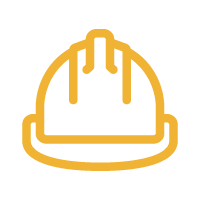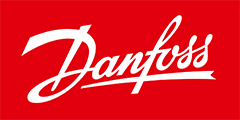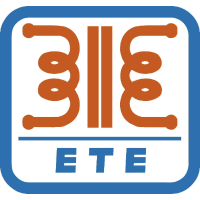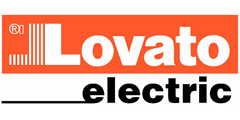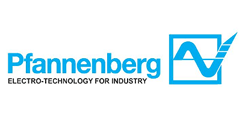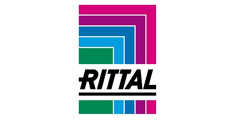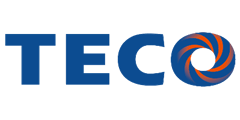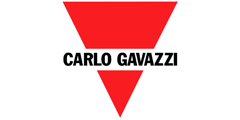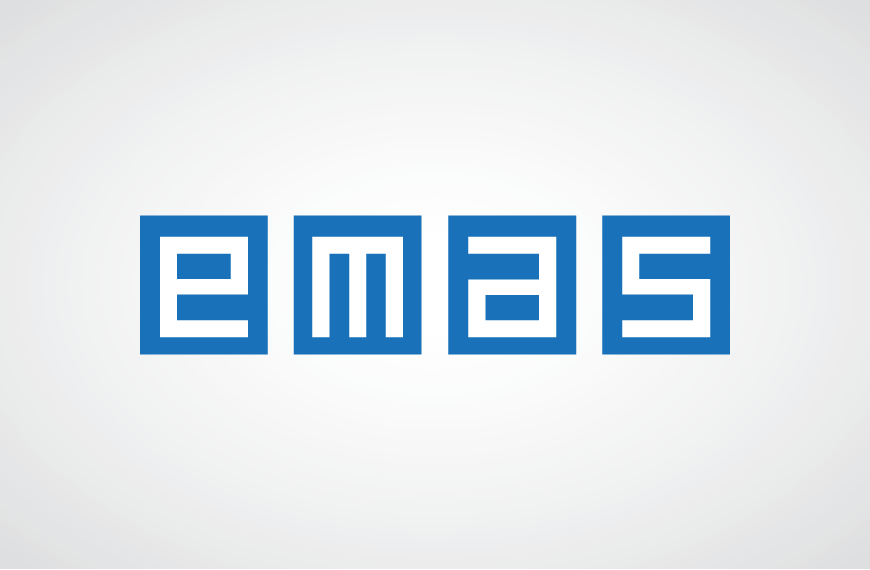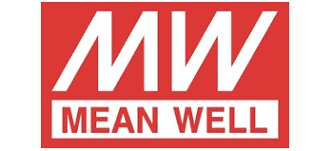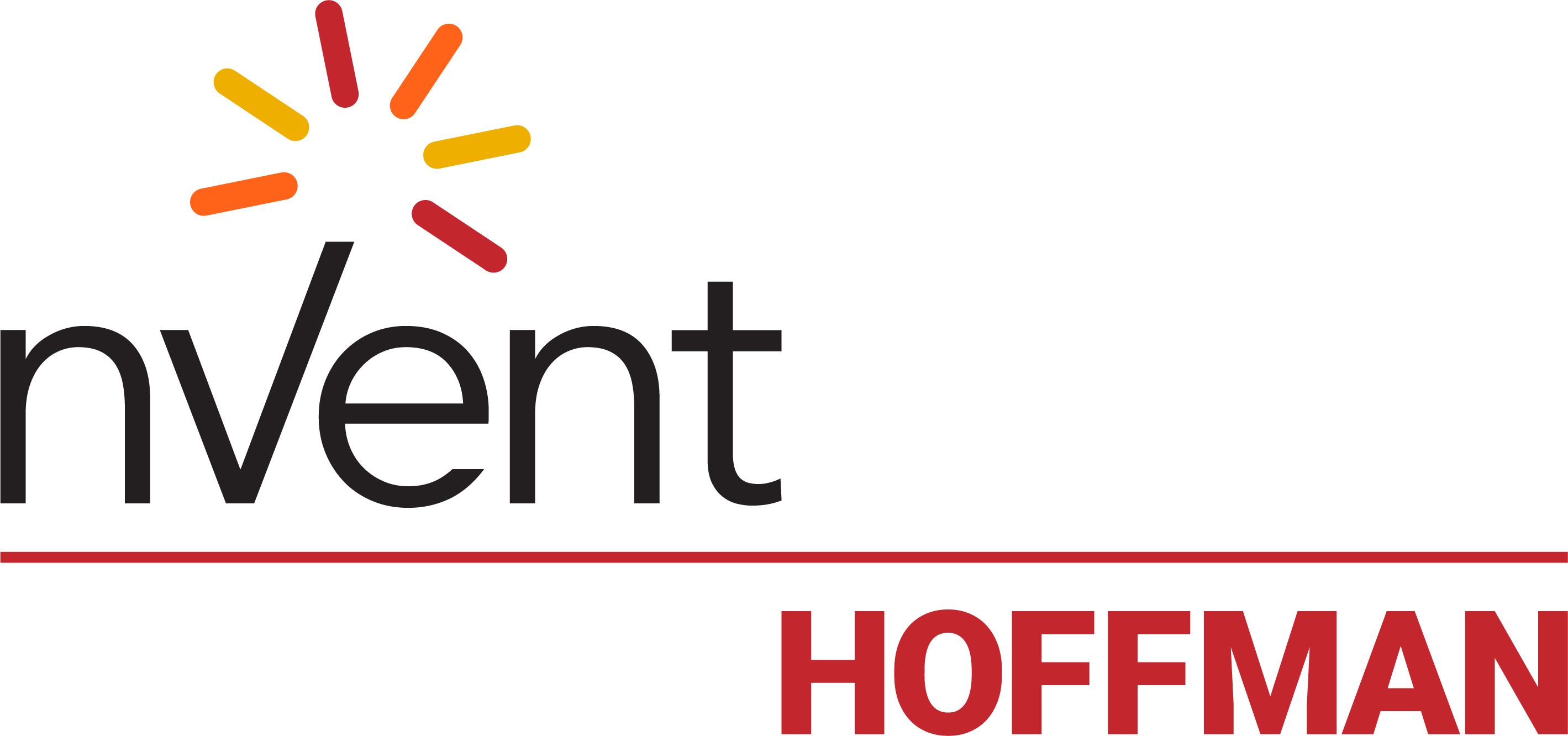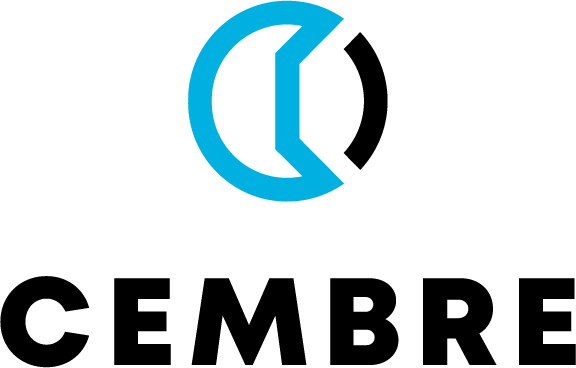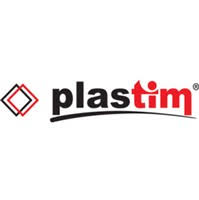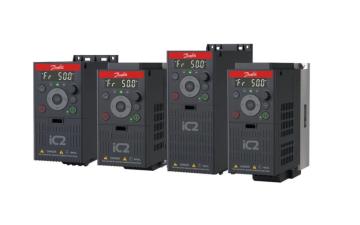In the fast-paced world of manufacturing and factory automation, efficiency is always a consistently high priority – which means it’s likely to be something you’re consistently striving to improve in your own operations, especially since it can often make all the difference in getting the edge over your competitors. That’s exactly where we come in here at LED Controls, with an extensive array of factory automation components and equipment invaluable for streamlining your operations.
So if you’re looking to improve efficiency even further as we move into spring, here are four key areas it’s worth looking at.
Adopting lean manufacturing principles
Lean manufacturing is a systematic approach to eliminating waste and optimising processes, and it’s a methodology that provides a number of great opportunities to streamline your business. Primarily, lean manufacturing is focused on identifying and eliminating common setbacks or undesirable results, such as overproduction, waiting, and unnecessary transportation.
It's also worth considering implementing common techniques such as 5S, Kanban, and value stream mapping, all of which can help make it easier to identify opportunities for improvement, and drive continuous optimisation.
In case you need a quick introduction to each:
- 5S is a methodology used for workplace organisation – it focuses on sorting, setting in order, systematic cleaning, standardising, and sustaining cleanliness and organisation to improve efficiency and safety.
- Kanban is a visual scheduling system used in lean and just-in-time manufacturing, employing cards or signals to control the flow of production, ensuring that work is pulled only when needed to minimise waste and improve productivity. (It was pioneered in the 1950s by an industrial engineer working for Toyota.)
- Value stream mapping is a lean management tool used to visualise and analyse the flow of materials and information required to bring a product or service to the customer, identifying areas for improvement and waste reduction to streamline processes and enhance value delivery.
What’s more, lean manufacturing principles extend beyond the shop floor to encompass the entire supply chain. For example, by establishing close partnerships with suppliers and implementing just-in-time inventory practices, you may be able to reduce inventory holding costs and minimise waste. Continuous improvement is at the core of lean manufacturing – employees are often encouraged to suggest and implement process enhancements to drive efficiency gains.
Implementing predictive maintenance
Unplanned downtime is a constant threat in the world of manufacturing – it can wreak havoc on production schedules and incur significant costs. This is where predictive maintenance comes in.
It differs from ‘reactive’ maintenance in that reactive maintenance typically deals with problems as and when they arise. Preventative maintenance, on the other hand, normally consists of routine checks, often once every few months. This means they can help to anticipate equipment failures before they actually occur, minimising disruptions and maximising uptime.
What’s more, by leveraging sensors, data analytics, and machine learning algorithms, you may even be able to monitor equipment health in real-time and schedule maintenance activities proactively, reducing the risk of costly breakdowns.
Optimising supply chain management
As we’ve touched on above, a well-oiled supply chain is essential for efficient operations. By optimising inventory levels, streamlining logistics, and fostering collaboration with suppliers, you may be able to reduce lead times, minimise stockouts, and improve overall responsiveness.
You may find it particularly beneficial to optimise your supply chain by matching production schedules with customer demand, which can help to avoid wasting resources or accumulating excess inventory. Demand-forecasting algorithms (and of course maintaining strong communication with customers) can provide further value in helping you to predict demand changes and adjust production accordingly.
Investing in employee training and development
Beyond all the sophisticated equipment and highly refined processes, skilled and knowledgeable employees are at the heart of every successful operation.
As well as investing in new machinery and operations, it’s always a good idea to ensure that you’re properly investing in your team, too – helping them to operate machinery safely, troubleshoot issues effectively, and optimise processes for maximum efficiency.
Employee training initiatives often encompass not only technical skills but also soft skills such as problem-solving, communication, and teamwork. Cross-training employees on multiple tasks enhances flexibility and resilience in the face of changing production demands. You can also maximise employee engagement by providing opportunities for career advancement and recognition, helping to foster a sense of ownership in the success of the company.
Those are just a couple of our top ideas! As for where to start – that’s all up to you. Here at LED Controls, we’ll stick to doing what we do best. With more than two decades of experience behind us, we supply a wide range of components including Programmable Logic Controllers, variable speed drives, and Motor Control Gear equipment – many sourced from globally-renowned manufacturers, including IMO and ABB. Feel free to look at what we’ve got available, and if you have any questions or need any advice, you can always give us a call on 01706 242050. We’re here to help!


